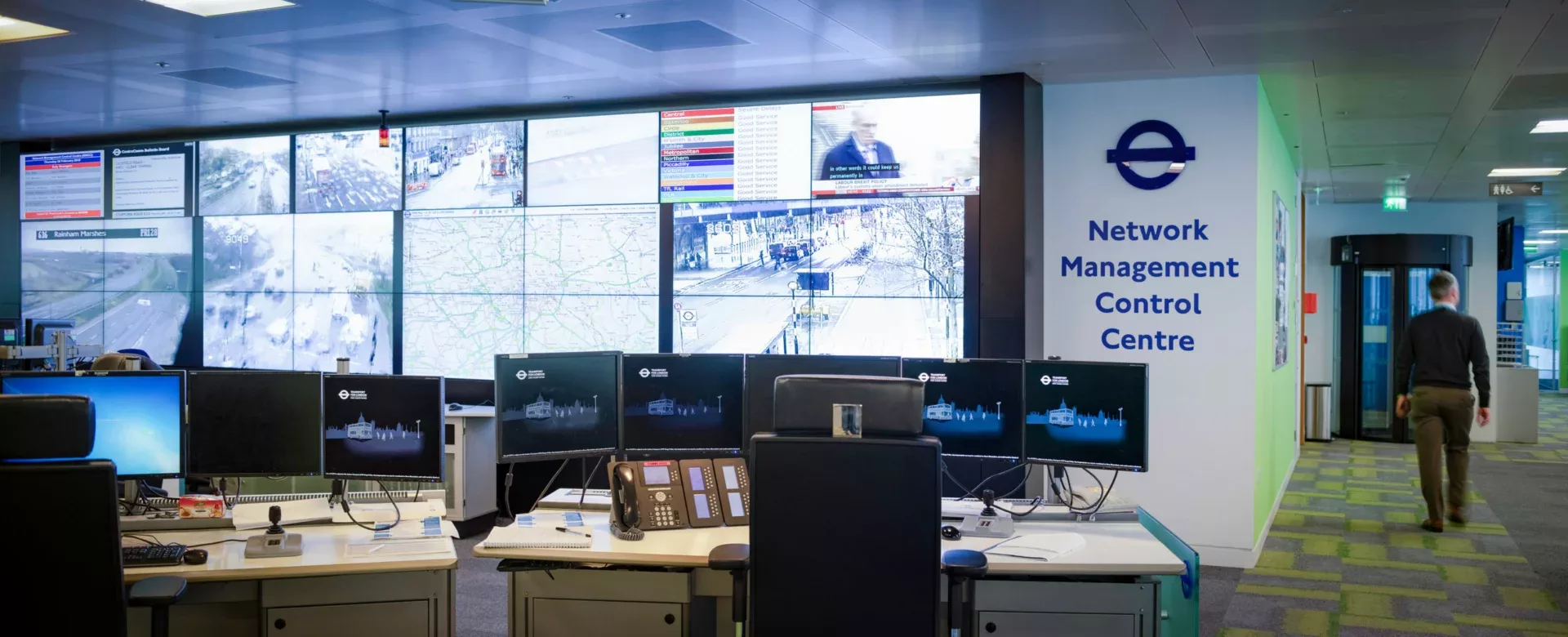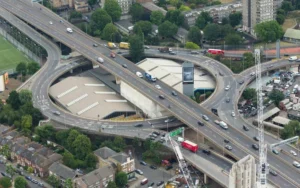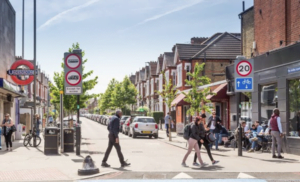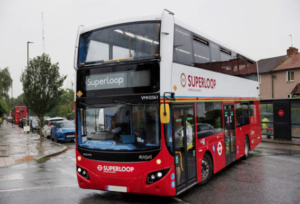Transport for London (TfL) and Siemens Mobility Limited have reached the next milestone in the creation of a brand new way of managing London’s 6300 traffic lights, with the first installation of new technology on a number of roads in southwest London.
Until now, most of London’s traffic lights have been managed using technology which uses magnetic detectors buried in the road to detect passing motor vehicles, optimising timings based on these.
The new Real Time Optimiser (RTO) system, developed jointly by TfL and Siemens Mobility, will transform how these timings are optimised by taking into account a much greater variety of rich data sources, covering all road users rather than just motor vehicles. Examples of data sources that will be fed into the new system include information on cycling, walking and freight movements across the capital. The system will use a new algorithm named FUSION, also developed by TfL and Siemens, to make intelligent, data-driven decisions about which traffic signals should be placed on their green phase, when and for how long.
In practice, this could mean that pedestrians are able to cross the road sooner at certain times of day, if the algorithm determines that this is the best way of moving people around London efficiently and sustainably. Similarly, the algorithm may also use this data to determine that people cycling should be given a longer green phase, where separate traffic signals for people cycling exist. These types of smart, data-led changes to traffic lights could make a real difference to improving local air quality and cutting congestion, as well as to enabling more people to get around on foot and by bike. Such aims are at the heart of the Mayor’s Transport Strategy, which sets out his plans to transform London’s streets, improve public transport and create opportunities for new homes and jobs.
The new system is now being tested out at a site in southwest London. This approach will allow TfL and Siemens to observe the technology in use in a real-world situation, fine tuning the technology and algorithm and testing out their ability to manage traffic in a defined area in the capital. As the capability of the new system develops, TfL and Siemens plan to roll the technology out across London, with a plan to have the new system and algorithm running all traffic signals by 2023.
The new RTO system and the FUSION algorithm are a key part of TfL’s Surface Intelligent Transport System (SITS) programme, which is completely overhauling TfL’s management of the road network to create additional capacity and support the Mayor’s Transport Strategy goals.
Glynn Barton, TfL’s Director of Network Management, said: “London’s road network plays an absolutely vital role in the life of our city and we’re determined to make sure that people and goods can get to where they need to be in the safest and most sustainable way possible.
“That’s why we’re working to revolutionise how we manage London’s road network through our SITS programme, using data and cutting-edge technology to ensure that we can make the most out of every square metre of road space. Our new system for optimising London’s traffic lights is incredibly promising and could make a huge difference in cutting road danger, congestion and air pollution and enabling more people to walk and cycle.”
Wilke Reints, Managing Director of Siemens Mobility’s Intelligent Traffic Systems business in the UK, said: “The trial marks a major milestone in the development of this ground-breaking traffic management solution, and I know its progress will be followed closely by industry colleagues around the world. Although this is just the first manifestation of the new system, we are enormously excited by its potential and the degree of control that it will give transport authorities.”
In addition to managing London’s traffic lights, TfL is also responsible for the busy network of red routes around the capital, which make up 5 per cent of roads, but carry up to 30 per cent of traffic.
Last year, TfL awarded a contract to technology company Sopra Steria to develop a new control room system, also under the SITS programme. This new system will present a richer picture of what is happening on the roads across London, taking in much more data about congestion, bus performance, weather and roadworks, to make it easier for TfL to respond quickly to incidents and keep people moving. The first deployment of that system is already in place, with work well advanced to increase its capabilities.





















